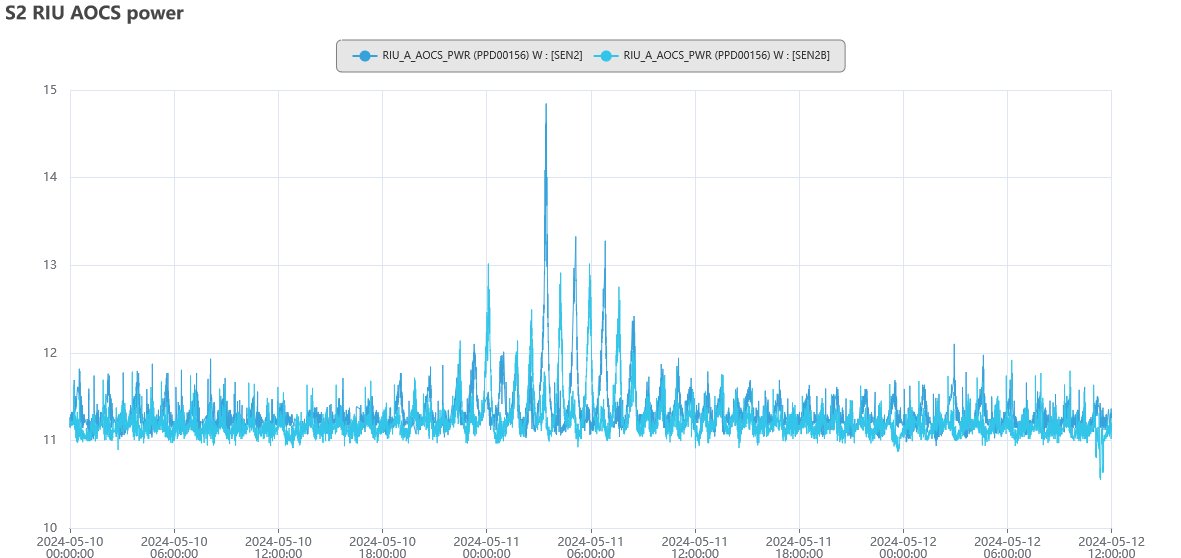The geomagnetic storm that painted skies purple and green across vast swaths of the Northern Hemisphere over the weekend also created a dangerous environment for satellites in Earth’s orbit.
Luckily for the space industry, it seems that the solar storm left pretty much everything unscathed—though many craft had to work harder at orbit-keeping.
Back to science class: The Sun is at the peak of an ~11-year cycle that began in 2019. That means we’re seeing more solar activity than usual. More frequent solar flares and coronal mass ejections (CMEs) = more concentrated radiation flowing from the Sun to Earth = more disruption of the Earth’s magnetic field.
This weekend, a massive cluster of sunspots ~17x the width of the Earth released at least seven powerful CMEs in our direction.
- The Earth’s magnetic field can generally deflect the bulk of the solar wind, but this powerful series of bursts got through to interact with the upper atmosphere.
- Oxygen, nitrogen, and other elements in that upper atmosphere were ionized by the radiation, leading to glowing, southern-reaching auroras.
- This solar activity also tends to make the atmosphere puff up, increasing drag on satellites—particularly ones in LEO.
The satellite impacts: Though the storm hasn’t brought down any satellites or fried any essential systems that we know of, there were minor disruptions to some services, and many operators chose to pause normal operations. NOAA told NPR that there were disruptions to GPS, but nothing life-threatening for the mission.
That puffing of the atmosphere meant that satellites had to work harder than usual to maintain their altitude and keep themselves pointing in the right direction. ESA shared a graph of the power usage of the orbit control system on its Sentinel 2 satellite, which spiked during the storm:

Starlink, as a whole, also muddled through the storm intact, per an Elon tweet. In 2022, increased drag caused by a CME forced 38 Starlink satellites to deorbit within days after they were launched, before they had reached their operational altitude. There’s been no such incident this time around, though the birds were “under a lot of pressure.”




